Devices that store information magnetically are widespread, from the old floppy disks to credit cards and hard disks. The evolution of computer technologies requires us to continually develop new materials to allow new devices to out-perform their predecessors, for some time molecular spin cross-over complexes have been excellent candidates for new magnetic storage media.

Could mononuclear complexes in solution be the future of magnetic storage media?
This Hot Communication from Grace Morgan and colleagues details their developments in creating an Fe(III) complex which possesses magnetic hysteresis in solution. The authors note that spin cross over in some solid state materials is affected by polymorphism, counter ions and crystallisation solvents in the material. Find out more about the teams discoveries in solution by downloading their article while it is free…
Inducing hysteretic spin crossover in solution
Paulo N. Martinho, Yannick Ortin, Brendan Gildea, Claudio Gandolfi, George McKerr, Barry O’Hagan, Martin Albrecht and Grace G. Morgan
DOI: 10.1039/C2DT12036D
Remeber you can keep up to date with all the latest news in inorganic chemistry by following us on twitter and signing up to our e-alert service.
l
The following articles might also be of interest;
A magnetic iron(III) switch with controlled and adjustable thermal response for solution processing
Claudio Gandolfi, Grace G. Morgan and Martin Albrecht
DOI: 10.1039/C2DT12037B
Synthesis and self-assembly of spin-labile and redox-active manganese(III) complexes
Claudio Gandolfi, Tatiana Cotting, Paulo N. Martinho, Olha Sereda, Antonia Neels, Grace G. Morgan and Martin Albrecht
DOI: 10.1039/C0DT01222J


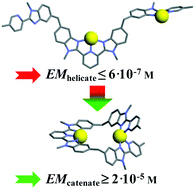









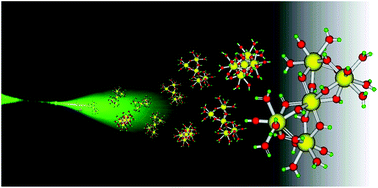
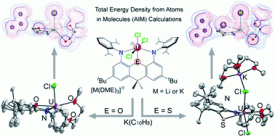

![A Sr2+ salt of [MoVI72MoV60O372(CH3COO)30(H2O)72]42− exhibits a superposed kagome-lattice with huge channels whose diameters measure approximately 3.0 nm A Sr2+ salt of [MoVI72MoV60O372(CH3COO)30(H2O)72]42− exhibits a superposed kagome-lattice with huge channels whose diameters measure approximately 3.0 nm](https://blogs.rsc.org/dt/files/2012/05/GA2.jpg)

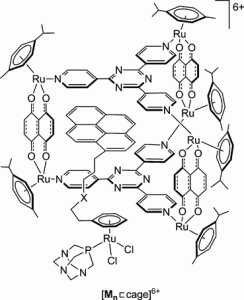


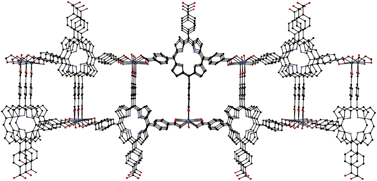
 In this HOT article, Zoroddu and coworkers present NMR (mono- and bi-dimensional) and EPR analysis of Zn and Mn complexation to small fragments of the Park9 gene (a member of the P5-type ATPase family) important in
In this HOT article, Zoroddu and coworkers present NMR (mono- and bi-dimensional) and EPR analysis of Zn and Mn complexation to small fragments of the Park9 gene (a member of the P5-type ATPase family) important in